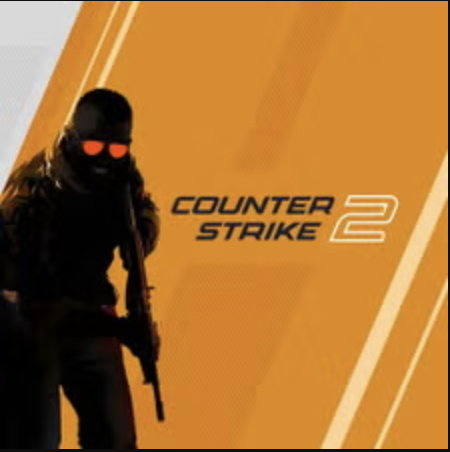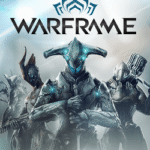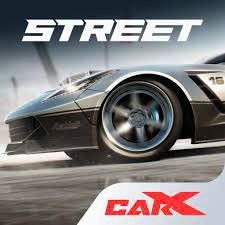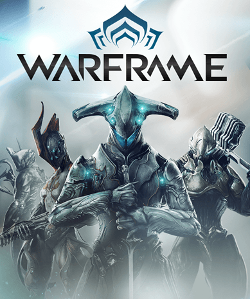A Development Nightmare: The Unfortunate Fate of a Metroidvania Caught in the Hollow Knight: Silksong Launch Tidal Wave
Popular Now
 Sonic the Hedgehog™ Classic
Sonic the Hedgehog™ Classic
 Geometry Dash
Geometry Dash
 Free Fire Max
Free Fire Max
 Auto X Drift Racing 3
Auto X Drift Racing 3
 CarX Street
CarX Street
 FIFA 23
FIFA 23
 Roblox
Roblox
 Counter-Strike 2
Counter-Strike 2
 Warframe
Warframe
 PUBG Mobile
PUBG Mobile 
For independent game developers, a release date is a meticulously planned event. It’s the culmination of years of hard work, sleepless nights, and the desperate hope that their creation will find its audience. But what happens when your small-scale Metroidvania launches on the very same day as the most anticipated indie game of the decade, a title that has been the subject of a seven-year-long hype cycle? You get a developer whose dreams were likely crushed by the overwhelming tidal wave of Hollow Knight: Silksong, a game so dominant it is now being referred to as the “GTA 6 of indie games.” This is the tragic and all-too-common story of Ilex Games and their new title, Adventure of Samsara, a game that, according to SteamDB, peaked at a mere 12 concurrent players on launch day.
The release calendar for September 4, 2025, was a massacre. From a business perspective, the announcement of Silksong‘s release date was a two-week warning to the entire industry. Major studios like MachineGames wisely pushed their Indiana Jones DLC, The Order of Giants, to avoid a direct conflict. Indie studios, however, were not all as fortunate or as nimble. The developers of Little Witch in the Woods and Baby Steps publicly delayed their games, citing Silksong as the explicit reason. Their prudence, however, was not universal. The developers of Adventure of Samsara, for reasons unknown, stuck to their release plan, a decision that has now become a cautionary tale for the entire indie development community.
 The Crushing Weight of a Cultural Phenomenon
The Crushing Weight of a Cultural Phenomenon
The numbers speak for themselves, and they are brutal. While Hollow Knight: Silksong shattered records, becoming one of the highest concurrent player count games in Steam history with a peak of over 500,000 players, Adventure of Samsara languished in obscurity. To put that into perspective, the game has more positive reviews (14) than it had players during its launch. This isn’t a critique of the game’s quality—early reviews are positive, and critics who have had a chance to play it praise its unique style and gameplay—it’s a stark illustration of a marketing failure driven by an unprecedented market event.
- The Visibility Problem: The sheer volume of news, social media posts, and streaming content dedicated to Silksong on September 4 created a total blackout for any other game. Search engines were dominated by Team Cherry’s masterpiece. Gaming news outlets, influencers, and community forums had only one topic of conversation. This made it virtually impossible for a smaller, lesser-known title to get any sort of media or consumer attention.
- The Consumer’s Limited Bandwidth: Gamers, even those who love the Metroidvania genre, have limited time and money. When faced with the choice between a long-awaited sequel to one of the most beloved indie games ever and a brand-new title they’ve never heard of, the choice is obvious. Silksong, available for a modest price of $19.99 and on day-one Game Pass, was a no-brainer for a massive audience.
- The Resale of Hype: The Silksong launch wasn’t just about a single game. It was a cultural event that sold itself. The “Silk-pocalypse” meme, the years of waiting, and the collective celebration created a narrative that was impossible to compete with. For the developers of Adventure of Samsara, they were not just competing against a game; they were competing against a global, self-sustaining hype machine.
 A News Perspective: A Cautionary Tale for the Industry
A News Perspective: A Cautionary Tale for the Industry
From an industry news perspective, the case of Adventure of Samsara is a perfect case study in a “release window risk.” The conventional wisdom for indie developers is to avoid releasing their game alongside major AAA titles. However, Silksong, an indie game itself, has now demonstrated that its launch power rivals, and in some cases surpasses, that of a major AAA release. The lesson for developers and publishers is clear: the most anticipated games, regardless of their budget or studio size, can completely monopolize the market. This will force other studios to be more strategic and perhaps overly cautious in their release schedules going forward.
The human cost, however, is what is truly heartbreaking. Behind the 12-player peak are developers who poured their hearts and souls into their creation. They built a world, designed intricate combat, composed a soundtrack, and now, through no fault of their game’s quality, it has been largely ignored. It’s a cruel reminder of the brutal realities of the video game market, where passion and talent are sometimes not enough to overcome poor timing and a juggernaut of hype. The best they can hope for now is a post-Silksong world, where gamers, having exhausted their time in Pharloom, will once again be looking for a new Metroidvania to explore. Perhaps then, the developers of Adventure of Samsara will get the second chance they so desperately deserve.









 The Crushing Weight of a Cultural Phenomenon
The Crushing Weight of a Cultural Phenomenon A News Perspective: A Cautionary Tale for the Industry
A News Perspective: A Cautionary Tale for the Industry